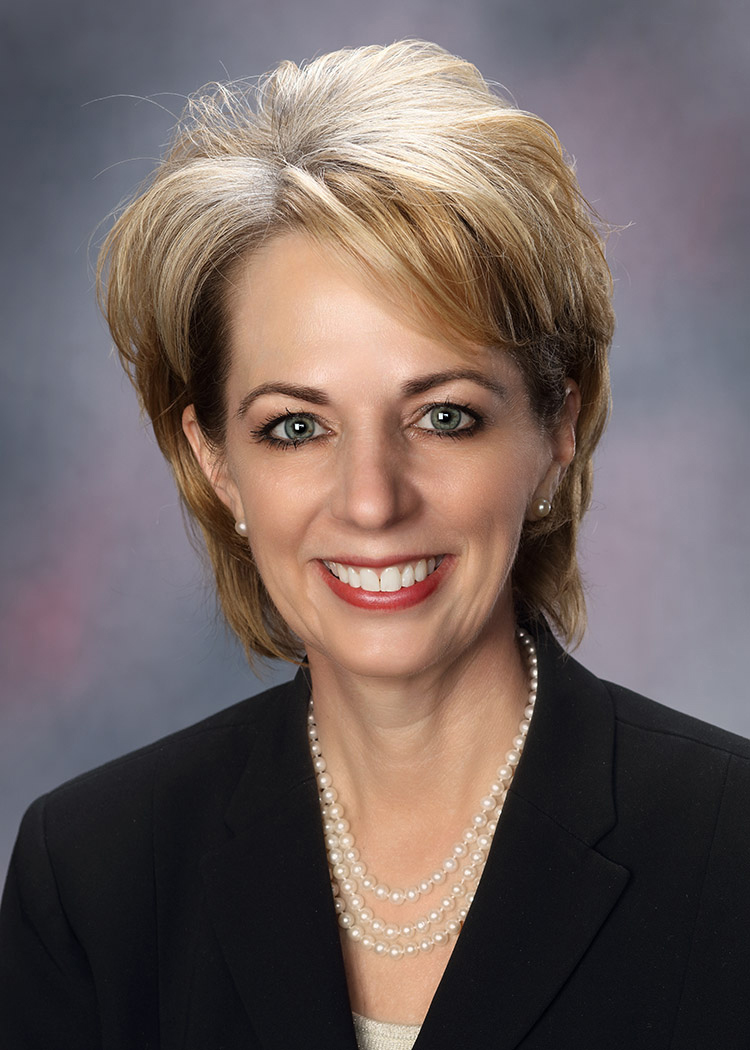In June 1902, Theodore Roosevelt was president. The Wizard of Oz opened as a musical in Chicago. And on June 23 of that year, 57 students attended the first day of classes in the infirmary building on the grounds of the former military outpost, Fort Hays. Few could have predicted the extraordinary journey of service, innovation and persistence that would follow for what was then known as the Western Branch of the Kansas State Normal School. As we celebrate our blessings on this 120th anniversary, I thought I would share some massive moments that have shaped our journey.
Humble beginnings
Congress introduced legislation in 1900 to transfer the abandoned military reservation in Hays to the State of Kansas to establish the Western Branch of the State Normal School.
Independence Day in Hays
The state legislature severed the Hays branch from Emporia as part of a more extensive restructuring, thus changing the name to Fort Hays Kansas Normal School on March 6, 1914. Thus, began FHSU’s substantial growth in enrollment, facilities, and, most importantly, in the scope of our academic and cultural mission.
Building the academy
Focusing on building a faculty of scholars and researchers, in March 1927, George Sternberg, the noted fossil hunter and geologist joined the faculty. Discovering the fish within the fish brought international attention to our research prominence.
A new name and an expanded role
House Bill No. 487 authorized a name change to Fort Hays Kansas State College in 1931. More importantly, we recognized a much broader role for the institution advancing from a normal school to a liberal arts institution.
Technology
In the 1980s, FHSU received a Title III Strengthening Institution Grant for $2,423,567 that provided major IBM mainframe computing equipment for FHSU, laying the foundation for a new high-tech/high-touch learning environment. Today, we are pioneering a university digital master plan, one of the first in the country.
The rise of a basketball powerhouse
In 1984 and 1985, the men’s basketball team won back-to-back NAIA national championships. The women won the NAIA national title in 1991. Five years later, the 1995-96 men’s team won the NCAA Division II national championship to complete a perfect 34-0 season.
Expanded financial freedom
In 1999-2000, the Kansas Board of Regents secured a change to the established tuition model to allow each university to keep any tuition and fees collected. Other institutions used this new authority to raise tuition. FHSU launched an affordability advantage mission that drove enrollment and expanded access.
The introduction of online learning
Education at a distance began in 1911, with coursework offered by mail. Highly successful, the program grew year by year, developing new techniques and adopting new technology. In 1977, the Division of Continuing Education emerged, later becoming the Virtual College. The first online courses were offered in 1998, and the first full-degree programs started in 1999. The ability to provide online classes was a game-changer for the university. Today we are only one of six universities in the world to earn the United States Distance Learning Association’s rigorous 91-point quality certification.
East meets west
FHSU established a partnership with Zhengzhou Sias University to offer four-year degrees in China in 1999. FHSU has granted degrees to more than 12,000 Chinese graduates at two partner universities in China –Sias University and Shenyang Normal University. Today, our students represent more than 30 countries and a growing number of educational partnerships in Bolivia, Cambodia, Malaysia, Senegal and China.
Military partnerships
Our long history of serving military-connected students included an Army ROTC program (1980-1987). With the increase in distance learning in the late 1990s, FHSU began to deliver education to military students across the nation, joining the Navy College Program Distance Learning Partnership in 2001. Today we serve every branch of the military. Over the past three years, we have launched the Associate of Applied Science (AAS) – Technology & Leadership (2019), the Transfer & Military Center (2020), and the Kansas Army National Guard Officer Candidate School Program (2021).
Expanding the regional reach of FHSU affordability
In 2021, we expanded our commitment to providing high-quality and accessible education, making a bold move to redefine the meaning of regional tuition. We now offer in-state tuition to students from 13 states across a swath of the central United States.
FHSU today is a regional comprehensive public university where determined, innovative and caring faculty and staff share a deep commitment to teaching and mentoring students. This commitment, established and built upon for 120 years, will continue to guide us forward.
Our mission remains relentlessly focused on developing the engaged global-citizen leaders our world needs today. This singular focus has been the principal driver of our success for more than 120 years.
FHSU consistently ranks among the top regional universities in the American Midwest. A remarkable 95% of FHSU students secure jobs or higher-education opportunities after graduation. Employers tell us the combination of challenging academic programs, close faculty/student relationships, and the abundance of experiential learning opportunities our students enjoy while at FHSU set our students apart in a competitive job market worldwide.
Throughout our history, the quality of our academic programs, our unmatched affordability, and generations of caring and supportive people have been the hallmarks of the Fort Hays State University experience. On this 120th anniversary of the founding of our university, I continue to marvel at the remarkable Tiger Nation we’ve all built.
Tisa Mason is president of Fort Hays State University.

